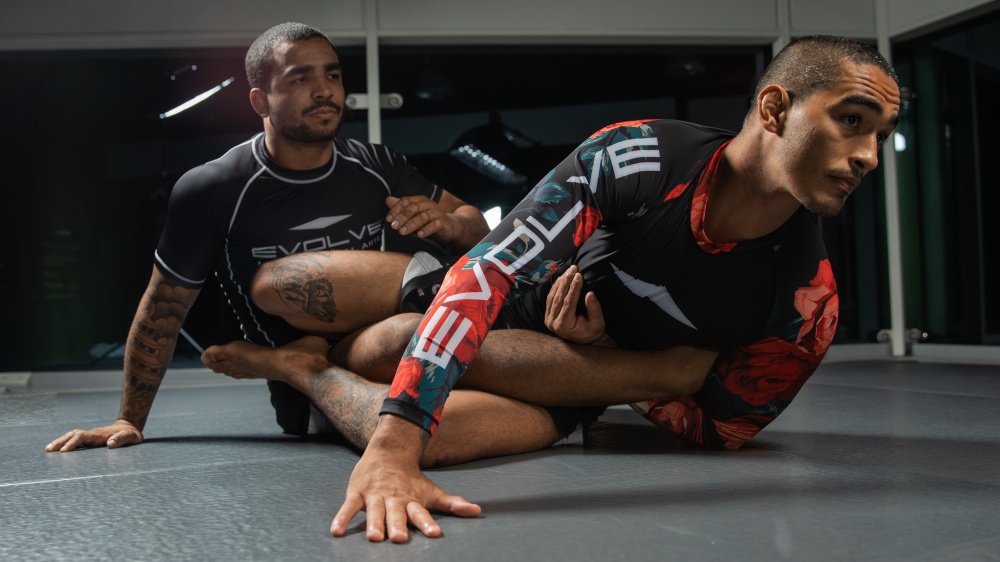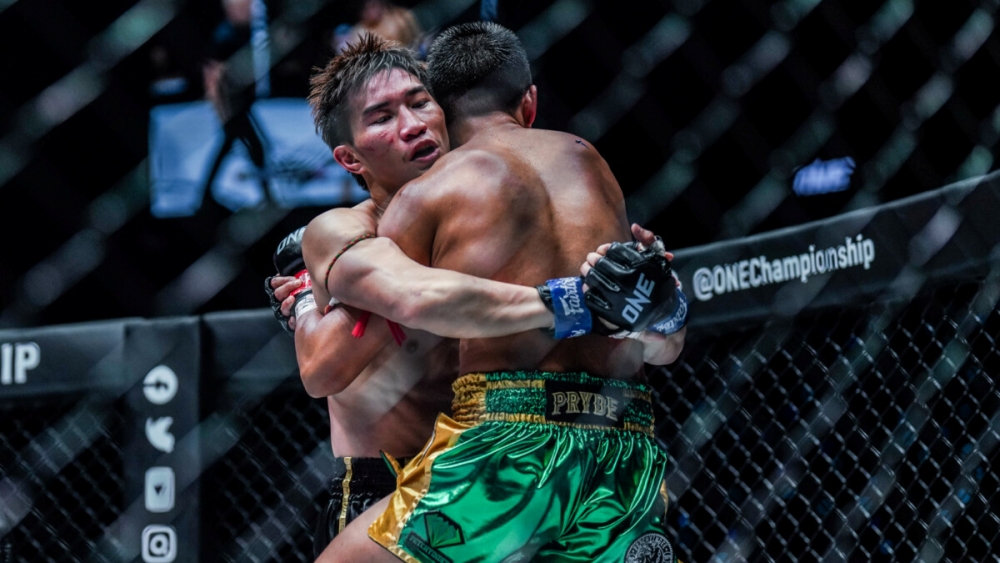Do you want to elevate your BJJ game to a whole new level? One of the absolute best ways to improve your BJJ is to learn leg locks. Leg locks have seen a renaissance over the last few years, and many of today’s top athletes have included them in their game. Leg locks are super useful in not only finishing a match but can also create situations where you can improve your position. Today we will talk about the most classic of all leg attacks – the ankle lock.
What Is The Ankle Lock?
The ankle lock (also known as the Achilles lock) is typically the first leg submission taught in Brazilian Jiu-Jitsu. It is a leg-based attack that targets the Achilles tendon by pressing it towards the foot. It is a classic submission that is not only taught in BJJ but also in other forms of grappling like Sambo and Judo. It is also the submission that is mostly allowed in competition. While the heel hook, toe hold, and kneebar are great in their own right, they are deemed “risky” in the hands of lower belts, thus banned in some rulesets. The ankle lock, on the other hand, is allowed in most cases.
The great thing about the ankle lock is its simplicity. It is a fundamentally straightforward submission where you directly apply pressure to the tendon; the pressure is sharp and can cause many opponents to panic if not attended to. As it is a submission, it can cause injury as well if applied on a vulnerable foot. It is important to note that leg locks have 2 basic phases: the initial control position using a variety of leg entanglements (also known as ashi garami), and the actual submission itself. Many times the fight will revolve around the entanglement phase as a fully locked-on ashi garami can isolate a leg, making it completely helpless to attacks. Therefore, it is critical that both are studied and practiced consistently.
How To Apply The Ankle Lock
We already talked about the importance of using leg entanglements before even thinking about the ankle lock. It is important that we have a good understanding of entering the ashi garami position from common situations so that we can actively enter the leg game if we choose to do so. It is suggested to focus entries from the guard position first as it can easily be added to your butterfly guard repertoire. This is not as simple as it sounds because entries from the open guard vary depending on your opponent’s posture, position, and distance.
Here is a great excerpt from Brian Glick, a BJJ black belt who trained under John Danaher. Notice that he emphasized a couple of important points, mainly:
1. In the ashi garami position, one leg should always be on the inside and the other on the outside.
2. Form a tight connection between your legs and your opponent’s leg. One leg should serve in a similar manner to a butterfly hook, and the other is meant to wrap around near the opponent’s hip.
3. Always lift your hip as you clamp your legs to your opponent’s. This further attaches your body and thus can make off-balancing much easier.
4. Always be mindful of your opponent’s knee line. The farther the knee line to your body, the easier it is for your opponent to escape.
Once the ashi garami is locked in, try to maintain control by keeping your hips elevated. The configuration is strong enough that it should work on its own even with little involvement of your hands. Your opponent will try to peel off your outside foot as he moves around, so always think about connection first before you try to sweep them to the ground. Note: The ashi garami when used as a guard is commonly known as the single leg X guard.
The ashi garami becomes especially dangerous once you take your opponent from feet to floor. Again it is crucial to ensure that the leg is fully isolated so you can proceed to the actual submission. To execute the ankle lock, start by wrapping your arm around the leg of your opponent; your other arm supports by cupping your opponent’s leg, so it won’t slip out. A common mistake beginners make is that their arms are not deep enough – this will simply not work. A good way to know if your bite is deep is if the blade of your arm is touching the heel. From here, you fall to your side and extend your back, thus hyperextending your opponent’s foot. This is an incredibly powerful movement because you are basically using your whole body against a small part of your opponent’s. If you do these things properly, you can expect a tap shortly.
Drilling Is Key
Drilling leg locks is a must if you want to be good at them. As with most movements in BJJ, this is not a natural movement, and it also has many intricate steps. Start by focusing on the entries as stated above, then slowly work on the finishing mechanics of the submission. Always be mindful of your training partners as well when drilling the submission. Many beginners tend to panic when their legs are caught in entanglements. Take it slow and apply the techniques as best as you can.
Final Thoughts
Leg locks are here to stay whether practitioners like it or not. It teaches you how to attack while fully controlling your opponent first. The ankle lock and its kin have this lethal ability to end matches in a snap. It is a tool that can carry your game even in the higher ranks. If you like to play the butterfly or the DLR guard, the ankle lock is an amazing tool to add to your toolbox as it can be used interchangeably with your usual sweeps.
Learning the ankle lock signals the start of your journey towards leg lock mastery.
Whatever your grappling style is, learning the ankle lock will surely benefit your game. Why would you ignore 50% of the human body?
You may also like:
















